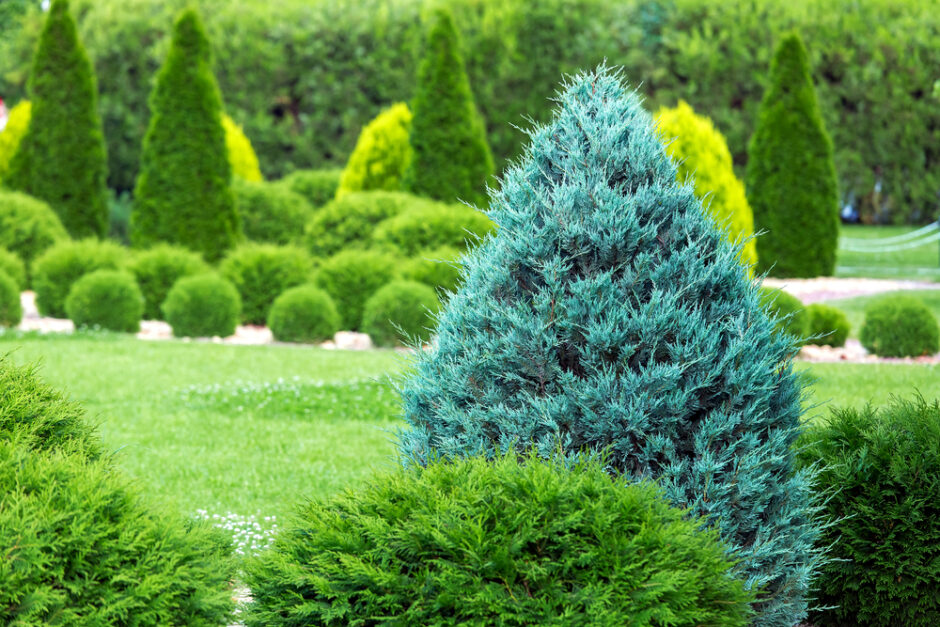The Planting Season – When Is It
and Why is it?

Many people will come to a point in their lives when, for whatever reason they want to plant something. And as modern lives and trends take us further away from the more ‘natural’ lives that people lived even only a few decades ago, our need to know about when is the right time to plant trees, shrubs, bulbs, bedding plants etc., etc. becomes more important. The key reason for this is really to do with increasing the survival rate of the plant that we want to plant. Kind of obvious I suppose.
It has always been said that the planting season refers to the winter period from November to March, and this is to do with ‘dormancy’. However, dormancy is not necessarily at the same time of year for all plants. Added to which, the need for a plant to be dormant in order to plant it with a good chance of it surviving can be totally removed if certain steps are taken.
Dormancy generally speaking, is when the period of flower production and therefore seed production and overall growth comes to an end. This period generally ends because of the tilt of the Earth, and the shortening of daylight hours and the resulting reduction of average temperatures. Once these changes start to take hold, then ideal conditions for plant growth etc. declines and a state of dormancy takes over.
In the case of many trees and shrubs, their leaves are shed and the high levels of transpiration significantly reduce. In the case of Herbaceous Perennials, their top growth dies right back to ground level, and for Annual Plants, they die off completely.
So it is as a consequence of the dormancy that the changing of the Seasons creates that it then becomes very much more safe to lift and move particularly deciduous plants without much loss of moisture.

